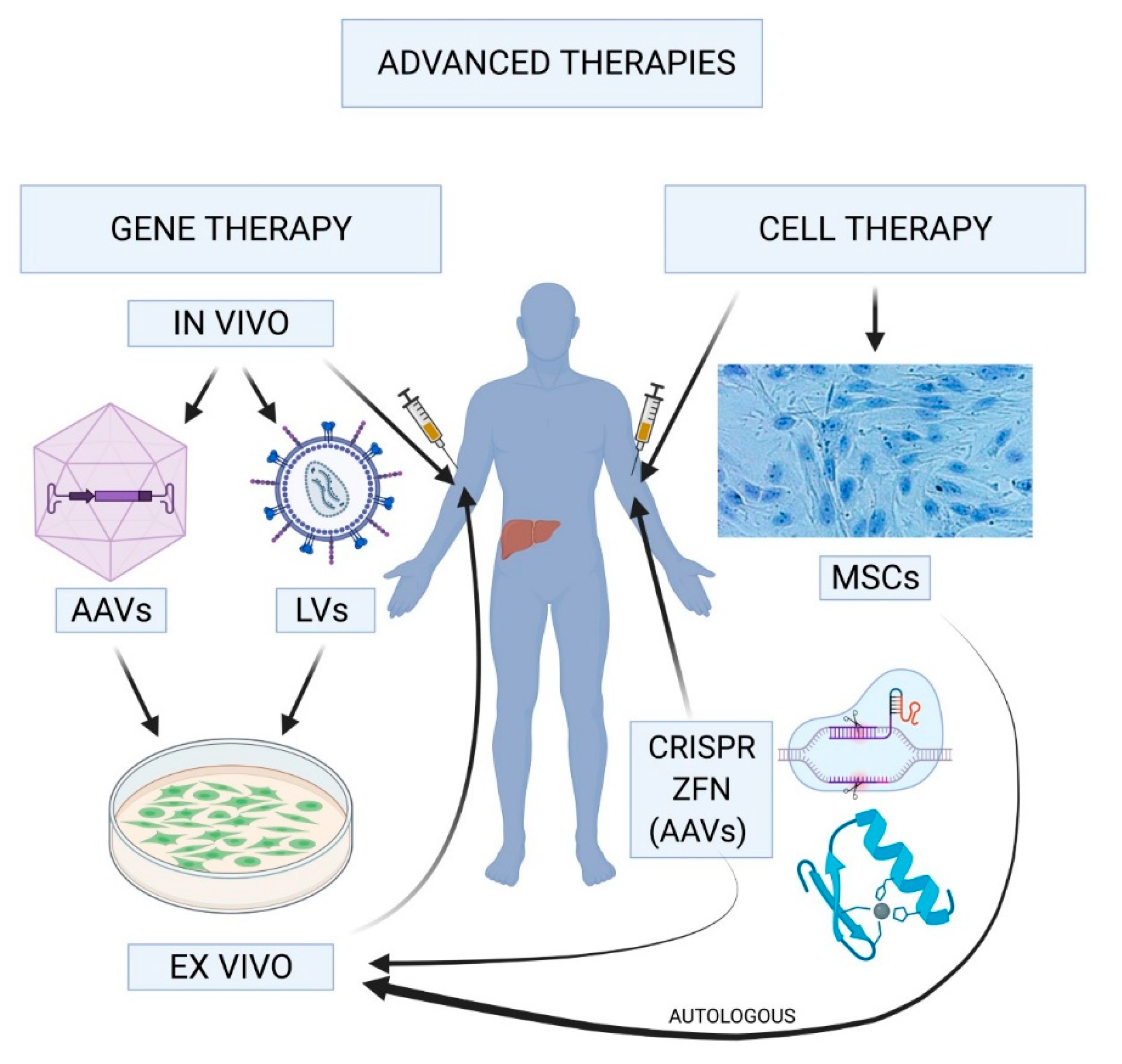Hemophilia gene therapy is revolutionizing the way patients like Terence Blue manage this serious bleeding disorder. This cutting-edge treatment represents a crucial breakthrough in hemophilia B, providing hope for those living with hemophilia who have long battled daily injections and the constant fear of spontaneous bleeding. With the approval of Hemgenix by the FDA in November 2022, many are beginning to experience the transformative benefits of gene therapy for hemophilia. Patients are no longer just managing symptoms but are on the path to potentially reversing their condition. As we delve into the remarkable advances in gene therapy, we explore how innovations are reshaping the future for individuals affected by hemophilia.
The emergence of gene therapy for hemophilia marks a significant milestone in the ongoing battle against this inherited bleeding disorder. As researchers and medical professionals develop more sophisticated treatments like Hemgenix, the conversation shifts from merely coping with hemophilia to potentially curing it. This therapy aims to alleviate the burden of frequent medications and the associated lifestyle restrictions commonly faced by patients. With promising results and continuous advancements in gene therapy, individuals living with hemophilia are gaining an unprecedented opportunity for a healthier, more liberated life. Indeed, this breakthrough could signify a new era in hemophilia management, bringing forth hope and change.
Understanding Hemophilia: A Life of Vigilance
Living with hemophilia means navigating a world where every minor injury poses a significant risk. For individuals like Terence Blue, diagnosed at birth, this reality dictates their lifestyle choices from an early age. Blue recalls the moment he realized his condition set him apart while playing kickball in kindergarten. Reactions from adults when he fell left a lasting impression, illuminating the need for constant caution and regular treatment. The burden of frequent hospital visits and daily needles became a normal part of his life, shaping how he viewed not only physical activities but also his interactions with peers.
While healthcare advancements have improved how patients manage hemophilia, the underlying challenges remain persistent. Patients like Blue must remain vigilant to avoid injuries that can lead to bleeds, and they often deal with the psychological toll that comes with this chronic condition. Historically, living with hemophilia involved understanding the balance between activity and the potential consequence of significant health risks. As new treatments emerge, including promising gene therapies, there is hope that individuals will experience a shift in their narrative, moving towards a life less dominated by fear.
The Promise of Hemophilia Gene Therapy
Hemophilia gene therapy, particularly the recent development of Hemgenix for hemophilia B, represents a paradigm shift in the treatment landscape. Patients like Terence Blue who received this groundbreaking therapy have reported transformative experiences, shifting from reliance on regular clotting factor injections to potentially achieving near-normal factor IX levels. This gene therapy utilizes a virus to deliver a corrected gene that produces the missing clotting factor, aiming to address the root cause of hemophilia rather than just alleviating symptoms.
The emergence of gene therapies has generated excitement in both the medical community and among patients. With the promise of fewer injections and a simpler lifestyle, many see gene therapy as a long-desired solution to the ongoing management of hemophilia. However, the fact that the therapy comes with a hefty price tag also presents challenges for accessibility and sustainability. As seen with Hemgenix, which costs upwards of $3.5 million, the effectiveness and acceptance of such treatments hinge on finding the balance between innovation and economic viability.
Exploring the Benefits of Hemgenix Treatment
The introduction of Hemgenix has opened a new chapter for hemophilia B patients, and the benefits go beyond just medical advancements. Patients like Blue have reported experiencing a significant reduction in the frequency of bleeds and an enhanced quality of life. With this therapy, the daily burden of managing hemophilia could become less stressful, allowing individuals to engage more fully in everyday activities without the constant worry of needing immediate medical intervention.
Moreover, gene therapies like Hemgenix promise a long-lasting solution rather than ongoing treatments, which is especially important for morale and mental health among hemophilia patients. With fewer infusions and reduced concerns about spontaneous bleeds, many patients are finding renewed confidence in their ability to lead active and fulfilling lives. This transformative potential is critical, as it offers hope to a community that has had to cope with the physical and emotional toll of this genetic disorder for generations.
Living With Hemophilia: A Shift in Perspective
For years, living with hemophilia meant coping with uncertainty and constant management of the condition. Patients often face social and psychological challenges stemming from their diagnosis, as well as physical limitations imposed by the condition. Terence Blue’s story reflects the everyday struggles faced by those with hemophilia—navigating activities while being acutely aware of injury risks. His experiences resonate with many, emphasizing the need for support and understanding from those around them.
As gene therapy continues to evolve, the perspective on living with hemophilia is also beginning to change. Patients are hopeful that treatments like Hemgenix will not only alleviate their symptoms but also empower them to engage more freely in life without fear of limitations. This shift in perspective paves the way for more open conversations about hemophilia, reducing stigma and fostering an environment where individuals can seek support and share their experiences without hesitation.
The Journey to Gene Therapy: Terence Blue’s Path
The journey that led Terence Blue to receive Hemgenix is an arduous one filled with research, hope, and medical evaluations. For Blue, understanding the implications of introducing gene therapy into his body took considerable time and contemplation. After learning about the FDA approval of the gene therapy and its promises, he began discussions with his medical team, weighing the potential implications of such a revolutionary treatment. The excitement about less reliance on injections pushed him forward in his decision-making process.
Once the decision was made, the logistics of receiving treatment involved navigating regulatory approvals and ensuring that all protocols were strictly followed. This meticulous process highlights the complexity of implementing new therapies in clinical settings, where both patient safety and treatment efficacy are paramount. The careful orchestration behind administering Hemgenix underscores the commitment of the medical community to usher in a new era of hemophilia treatment that could change lives.
Challenges in Gene Therapy Acceptance and Market Realities
Despite the promise of gene therapy for hemophilia, significant challenges remain in its acceptance and market viability. The enthusiasm surrounding treatments like Hemgenix is tempered by the stark reality of pricing and insurance coverage. The high cost of gene therapies raises questions about accessibility and long-term sustainability for healthcare systems and patients alike. Pharmaceutical companies must navigate the delicate balance between innovation and the financial realities that dictate patient access to these therapies.
Furthermore, acceptance among patients is not guaranteed. While some may be quick to embrace the change, others may harbor hesitations based on personal experiences or preconceived notions. The recent withdrawal of Pfizer’s hemophilia B gene therapy highlights the market’s unpredictable nature during the early stages of new treatment rollouts. It serves as a reminder that the journey to widespread acceptance of gene therapies must address not only clinical efficacy but also the economic landscape and patient education.
Future Perspectives: The Evolving Landscape of Hemophilia Treatment
The landscape of hemophilia treatment appears set for a significant evolution, driven by advancements in gene therapy and ongoing research. The optimism surrounding new therapies suggests a future where hemophilia management is vastly improved. With emerging treatments targeting not just hemophilia B but potentially other genetic disorders, researchers are paving the way for a paradigm shift in how we address inherited blood disorders. As success stories like Terence Blue’s emerge, they have the potential to inspire further innovations and clinical applications.
The integration of these therapies into everyday medical practice also calls for robust dialogues surrounding regulations, pricing, and healthcare frameworks to support innovative treatments sustainably. As the medical field gears up to effectively implement gene therapies, a concerted effort must be made to educate patients and healthcare providers about their benefits, operational procedures, and long-term effects. The hope is that the advancements in hemophilia gene therapy will not only improve patient outcomes but ultimately redefine what it means to live with hemophilia.
The Psychological Impact of Gene Therapy on Hemophilia Patients
Receiving gene therapy is not just a physical transformation for patients but often comes with significant psychological implications as well. For Terence Blue, the prospect of moving beyond daily treatments represents hope and a newfound sense of control over his condition. This psychological shift from being a passive recipient of care to an active participant in one’s health journey can have profound effects on overall well-being. The potential to live without daily worry about bleeds transforms not only physical experience but also the emotional landscape of living with hemophilia.
As gene therapy presents the possibility of sustained success, patients can begin to redefine their identities beyond their medical condition. This transition is crucial for fostering resilience and bolstering efforts toward a more empowered patient community. Recognizing the psychological benefits of treatments like Hemgenix can motivate healthcare providers to adopt a holistic approach that accounts for both medical and emotional needs, ultimately leading to more effective and comprehensive patient care.
The Role of Support Systems in Managing Hemophilia
Support systems play an integral role in helping hemophilia patients navigate their condition and treatment processes. For individuals like Terence Blue, having a dedicated care team and understanding family members can make a significant difference. As gene therapy changes the dynamics of treatment, the role of caregivers, healthcare providers, and support networks becomes increasingly vital. Open communication and education about hemophilia and its treatments can enhance the patient experience, facilitating a smoother transition to innovative therapies like Hemgenix.
Moreover, peer support groups and community resources provide an invaluable platform for sharing experiences and coping strategies. These networks help dispel feelings of isolation, allowing patients to connect with others who share similar challenges. As the gene therapy landscape continues to evolve, the importance of building a robust support system cannot be overstated, for it is key in ensuring patients are equipped to embrace their treatment journey with confidence and a sense of belonging.
Frequently Asked Questions
What is hemophilia gene therapy and how does it work?
Hemophilia gene therapy refers to innovative treatments designed to modify or correct the genes responsible for hemophilia, particularly hemophilia B. Specifically, therapies like Hemgenix work by using a modified virus to deliver a healthy copy of the gene that produces clotting factor IX directly into the liver, allowing the body to produce this critical protein naturally, thus reducing the need for frequent infusions of clotting factors.
What are the benefits of gene therapy for hemophilia?
The benefits of gene therapy for hemophilia, such as Hemgenix treatment, include the potential for long-term or permanent correction of the bleeding disorder, significantly reducing or eliminating the need for regular injections of clotting factor. Patients may experience improved quality of life, reduced worry about spontaneous bleeding, and greater freedom from daily treatments.
How does Hemgenix represent a breakthrough in treating hemophilia B?
Hemgenix is considered a breakthrough in treating hemophilia B because it is the first FDA-approved gene therapy that has shown the ability to effectively increase levels of clotting factor IX in patients with the disease. This one-time treatment offers hope for a significant reduction in bleeding episodes, making it a revolutionary advancement in hemophilia management.
What should patients know about living with hemophilia after receiving gene therapy?
After receiving gene therapy for hemophilia, patients may experience enhanced healing abilities and potentially fewer bleeding episodes. However, they should continue to monitor their health and remain aware of their condition. Regular follow-ups with healthcare providers are essential to assess the effectiveness of treatment and manage any long-term changes resulting from the therapy.
Are there any risks associated with gene therapy for hemophilia?
Like any medical treatment, gene therapy for hemophilia may have risks, including potential immune reactions to the therapy or unanticipated effects on liver function. Patients should discuss these risks with their healthcare provider to weigh the benefits and ensure they have a comprehensive understanding before undergoing treatment.
How accessible is gene therapy for hemophilia to patients?
Accessibility to gene therapy for hemophilia, such as Hemgenix, can vary based on healthcare coverage and the cost of treatment. With the treatment’s list price around $3.5 million, insurance negotiations play a crucial role in patient access. Many hospitals and clinics are developing financial assistance options to help patients receive this potentially life-changing therapy.
What does the future hold for gene therapy in hemophilia treatment?
The future of gene therapy in hemophilia treatment looks promising, with ongoing research and developments aimed at expanding access and improving treatment efficacy. New strategies and potential therapies are under study, aiming to further enhance the safety, effectiveness, and affordability of gene therapies for hemophilia.
What kind of follow-up care do patients need after hemophilia gene therapy?
After receiving hemophilia gene therapy, patients require regular follow-up care, which may include monitoring factor IX levels, evaluating liver function, and assessing any side effects. Follow-ups allow healthcare providers to ensure that the therapy is working effectively and to manage any potential complications early on.
How effective is Hemgenix in treating hemophilia B?
Studies have shown that Hemgenix can be highly effective in treating hemophilia B, with many patients experiencing long-lasting increases in clotting factor IX levels. In clinical trials, approximately 94% of patients did not require factor IX prophylaxis three years post-treatment, indicating the potential for significant and sustained improvement in health outcomes.
What impact does gene therapy have on daily life for those living with hemophilia?
Gene therapy can significantly improve the daily lives of individuals living with hemophilia by reducing their reliance on frequent clotting factor injections, minimizing anxiety about bleeding episodes, and enhancing overall physical activity. Patients often report greater freedom and less disruption to their routines after successful gene therapy.
| Key Point | Details |
|---|---|
| Introduction of Gene Therapy | Terence Blue is the first patient in New England to receive Hemgenix, a gene therapy for hemophilia B, aiming to reduce lifelong dependence on protein infusions. |
| Background of Hemophilia | Hemophilia is a genetic disorder causing excessive bleeding due to lack of clotting factors, affecting primarily males. |
| Benefits of Gene Therapy | Gene therapy aims to provide long-lasting effects, potentially eliminating the need for regular infusions of clotting factors. |
| Monetary Considerations | The high cost of gene therapies, such as Hemgenix at $3.5 million, presents market challenges despite their potential. |
| Patient Experience | Blue reports improvements in healing times and reduced worry about spontaneous bleeding. |
| Outcomes & Future | 94% of patients in trials remained free from factor IX prophylaxis three years post-treatment, indicating promising long-term effects. |
Summary
Hemophilia gene therapy represents a groundbreaking advancement in treating hemophilia B, offering patients like Terence Blue hope for a life with fewer limitations. By harnessing gene-editing technology, therapies like Hemgenix aim to provide long-lasting solutions that could replace traditional treatments, enhancing the quality of life for many affected individuals. As this field continues to evolve with innovations and clinical success, the dream of a functional cure for hemophilia is becoming more attainable, promising a brighter future for patients.



